Discover the Exceptional Advantages of Using Best Fiber Cement Board for Global Buyers
As global demand for sustainable and durable construction materials continues to rise,
Fiber Cement Board has emerged as a top choice among industry professionals.
According to recent market reports, the Fiber Cement Board market is projected to reach USD 12 billion by 2025,
growing at a CAGR of 6.8% from 2020 to 2025. This remarkable growth can be attributed to the board's
superior qualities, including exceptional fire resistance, low maintenance requirements, and versatility for various applications,
from residential to commercial construction.
Moreover, as environmental concerns take center stage, the use of
Fiber Cement Board aligns perfectly with eco-friendly building practices,
allowing various stakeholders to meet stringent sustainability standards.
In this blog, we will delve into the exceptional advantages of Fiber Cement Board for global buyers,
exploring its industry dynamics and offering practical insights on how to leverage its benefits effectively.
Understanding Fiber Cement Board: Key Characteristics and Benefits for Buyers
Fiber cement board has gained immense popularity among global buyers due to its unique characteristics and numerous benefits. Composed of cement, sand, and cellulose fibers, this versatile material offers superior durability and resistance to extreme weather conditions. According to a recent report by
MarketsandMarkets, the fiber cement board market is projected to grow from USD 10.6 billion in 2020 to USD 12.3 billion by 2025, showcasing a compound annual growth rate (CAGR) of 2.4%. This growth can be attributed to the increasing demand for sustainable building materials that offer both aesthetics and functionality.
One of the most notable advantages of fiber cement board is its fire resistance, making it an ideal choice for various construction applications. In fact, studies reveal that fiber cement boards typically achieve a Class A fire rating, which is the highest fire resistance classification. Additionally, their ability to withstand moisture and prevent rot contributes to their longevity, reducing maintenance costs for homeowners and builders alike. Furthermore, the ease of installation and versatility of fiber cement boards, available in a variety of textures and colors, allows architects and developers to create stunning designs without compromising on safety and sustainability.
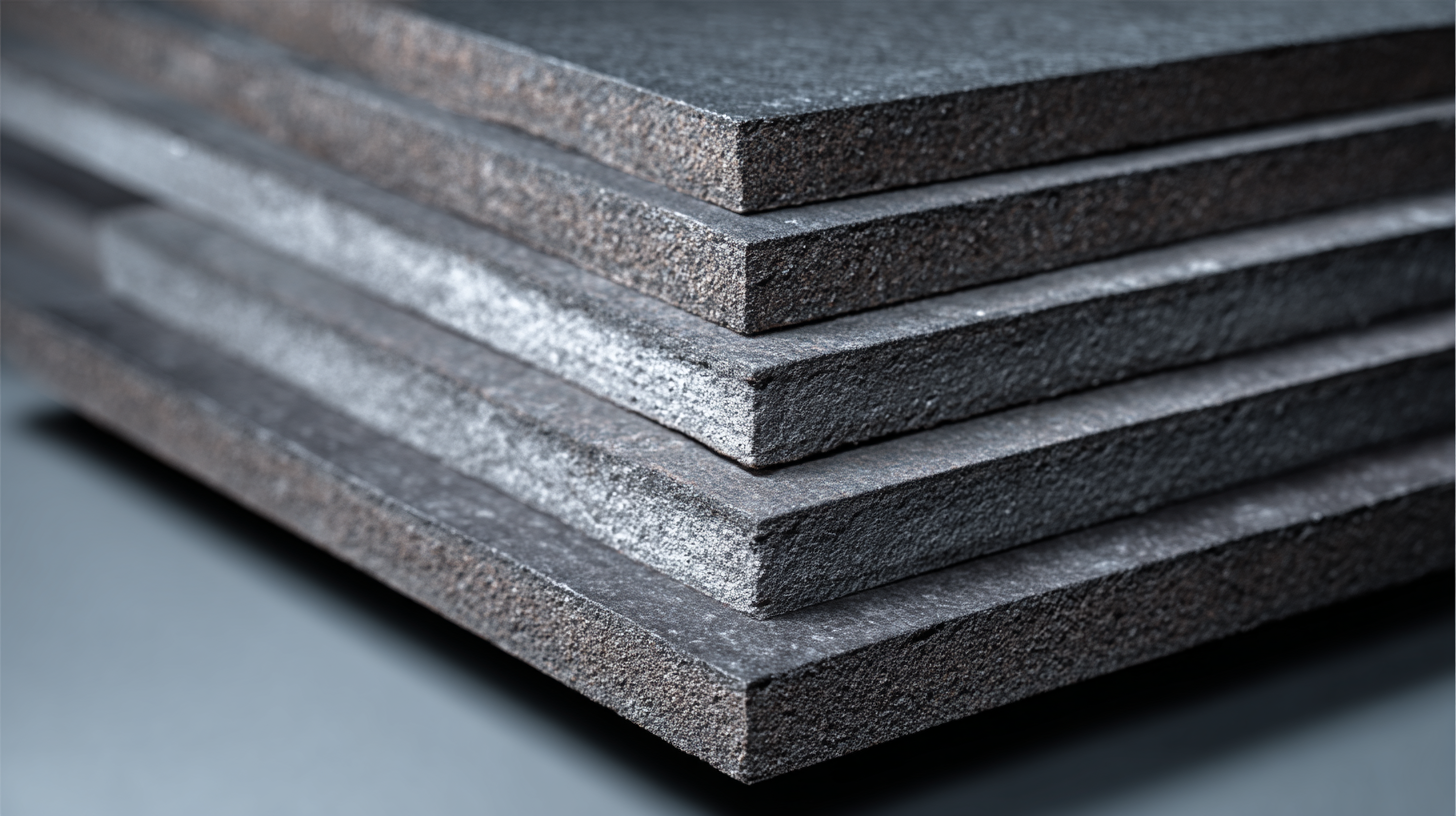
Comparative Analysis: Fiber Cement Board vs. Traditional Building Materials
When considering construction and building materials, the choice between fiber cement boards and traditional options like wood or vinyl can significantly impact a project's durability and maintenance requirements. Fiber cement boards stand out due to their impressive resistance to weather and pests, making them a superior choice for regions with harsh climates. Unlike wood, which can warp and decay over time, or vinyl, prone to cracking and fading, fiber cement offers a robust solution that stands the test of time.
Moreover, the aesthetic versatility of fiber cement boards cannot be overlooked. They can mimic the appearance of wood, stone, or even stucco, allowing builders and designers to achieve their desired look without compromising on functionality. Traditional materials often require regular maintenance and repairs, leading to increased long-term costs. In contrast, fiber cement boards are low-maintenance, requiring only periodic cleaning to retain their appearance, which translates into savings for homeowners and builders alike. This comparative advantage makes fiber cement not just a practical choice, but an economically wise investment for global buyers looking to enhance the sustainability and longevity of their projects.
Comparative Analysis: Fiber Cement Board vs. Traditional Building Materials
How Fiber Cement Board Enhances Sustainability in Construction Projects
Fiber cement board is rapidly becoming a preferred choice in sustainable construction projects, thanks to its environmentally friendly properties and durability. With the global green building materials market expected to soar from USD 222.42 billion in 2024 to USD 479.69 billion by 2033 at a compound annual growth rate (CAGR) of 8.8%, the demand for such sustainable materials is more significant than ever. This trend highlights the increasing importance of incorporating eco-conscious products like fiber cement board into building practices, as they serve to reduce environmental impact while offering long-lasting performance.
When choosing fiber cement board, consider the benefits it provides in terms of energy efficiency and waste reduction. Its remarkable resistance to water, fire, and pests not only ensures longevity but also minimizes the need for frequent replacements, further conserving resources. As building regulations become more stringent regarding sustainability, utilizing fiber cement board can put your projects ahead of compliance requirements.
Tip: Always look for suppliers who prioritize sustainable sourcing practices to enhance the overall ecological benefits of your construction materials. Another crucial step is to ensure that the fiber cement board you choose has certifications, which can demonstrate its environmental credentials and performance reliability.
Cost-Benefit Analysis: Long-Term Savings with Fiber Cement Board Installation
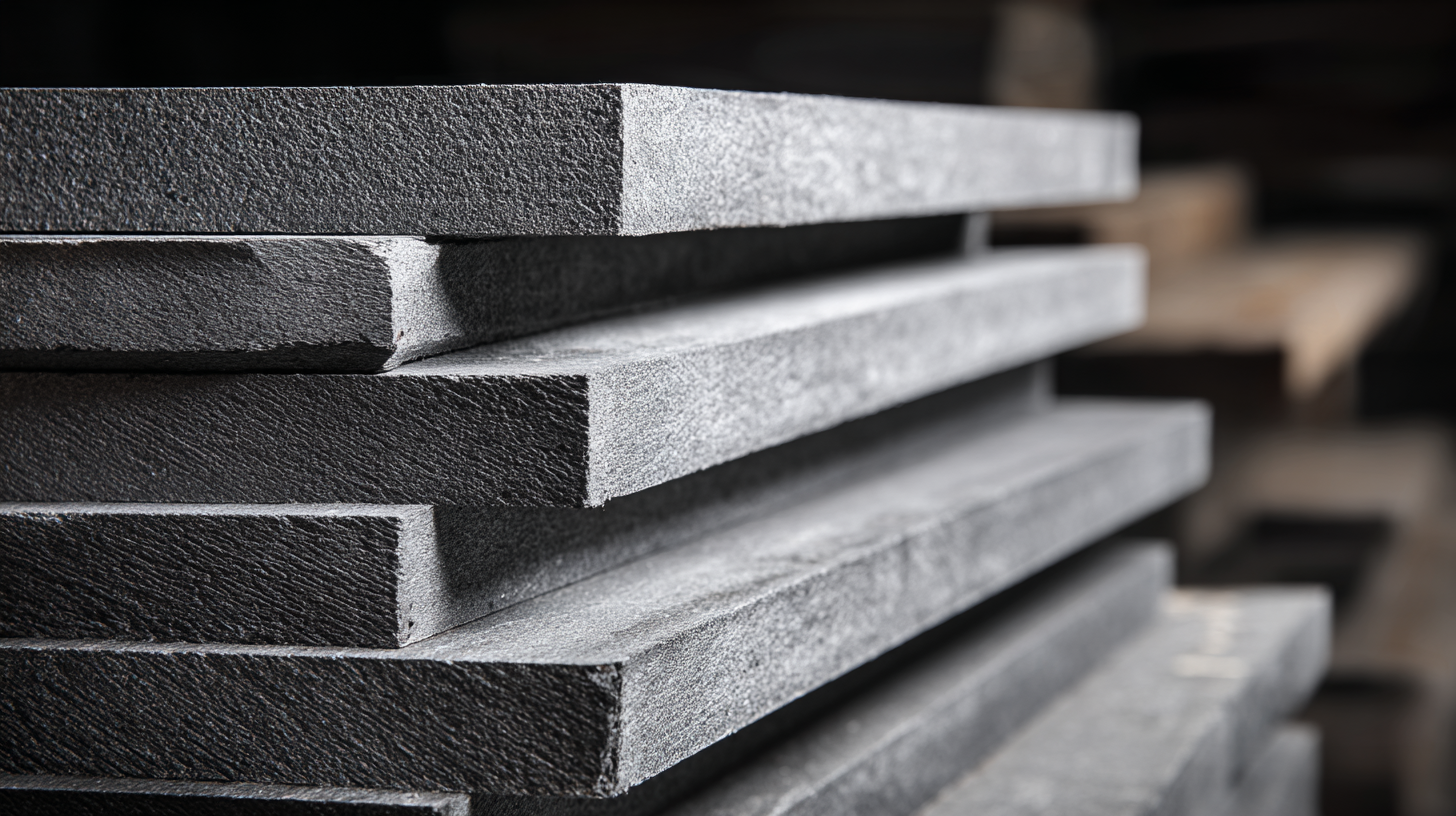 When considering building materials, fiber cement board stands out for its unique combination of durability and cost-effectiveness. The initial investment may be higher than traditional materials, but a cost-benefit analysis reveals significant long-term savings. Fiber cement boards exhibit superior resistance to weather, pests, and fire, which translates to fewer repairs and replacements over time. This longevity not only enhances the material's value but also reduces the frequency and expense of upkeep, making it an economically sound choice for global buyers.
When considering building materials, fiber cement board stands out for its unique combination of durability and cost-effectiveness. The initial investment may be higher than traditional materials, but a cost-benefit analysis reveals significant long-term savings. Fiber cement boards exhibit superior resistance to weather, pests, and fire, which translates to fewer repairs and replacements over time. This longevity not only enhances the material's value but also reduces the frequency and expense of upkeep, making it an economically sound choice for global buyers.
Moreover, the energy efficiency of fiber cement board contributes to savings in utility bills. Its thermal properties help maintain temperature stability within buildings, reducing the reliance on heating and cooling systems. As a result, homeowners and businesses alike can enjoy lower energy costs while benefiting from the aesthetic appeal of fiber cement board. By investing in this innovative material, buyers can secure peace of mind, knowing they are making a responsible financial decision that will pay dividends for years to come.
Global Market Trends: Fiber Cement Board Growth and Demand Statistics
The global market for fiber cement boards has seen significant growth over the past few years, driven by a surge in demand for durable and eco-friendly building materials. According to a recent report by MarketsandMarkets, the fiber cement board market is projected to reach USD 8.9 billion by 2027, growing at a CAGR of 5.6% from 2022. This trend reflects an increasing awareness of sustainable construction practices and the growing need for resilient building materials that can withstand extreme weather conditions.
In particular, Asia-Pacific has emerged as a prominent market for fiber cement boards, accounting for over 40% of the global market share. This growth can be attributed to rapid urbanization and increasing investments in infrastructure projects across countries like India and China. Additionally, the rise in residential construction is further propelling the demand for fiber cement boards, with manufacturers reporting a steady increase in orders. For instance, a 2021 report by IBISWorld indicated that the construction sector utilizing fiber cement products contributed to a remarkable revenue increase, reinforcing the material's position in modern architecture and construction.

Products
About Us
Download
News
Blog
Contact Us
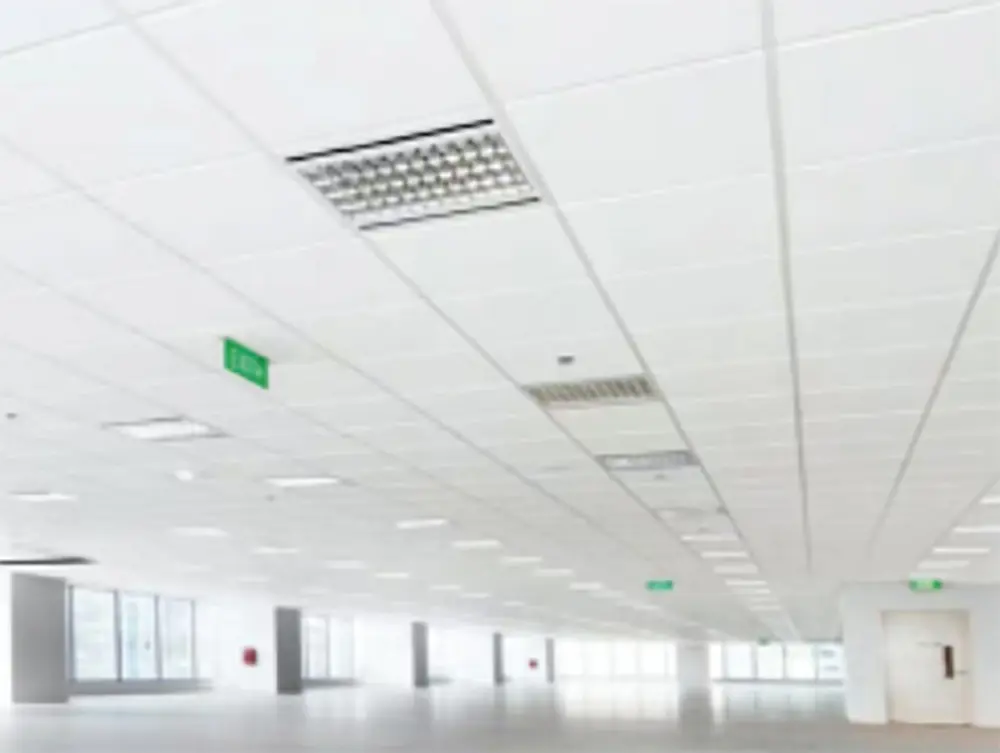 LEAO®Deco Ceiling
LEAO®Deco Ceiling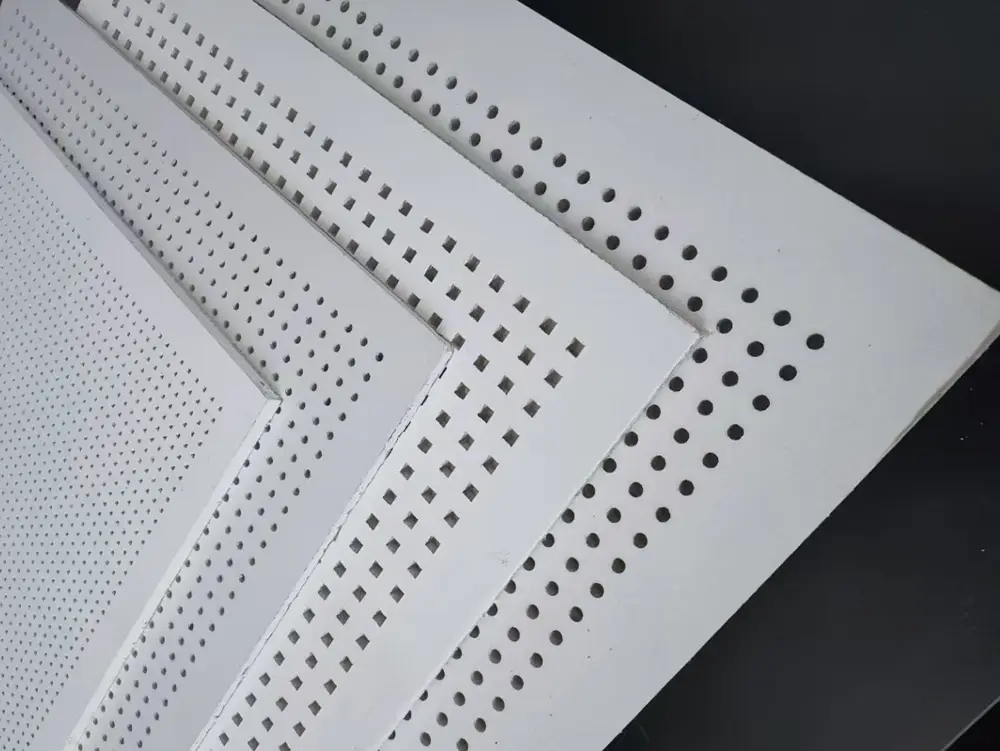 LEAO® Perforated Ceiling
LEAO® Perforated Ceiling LEAO® Ceiling Board
LEAO® Ceiling Board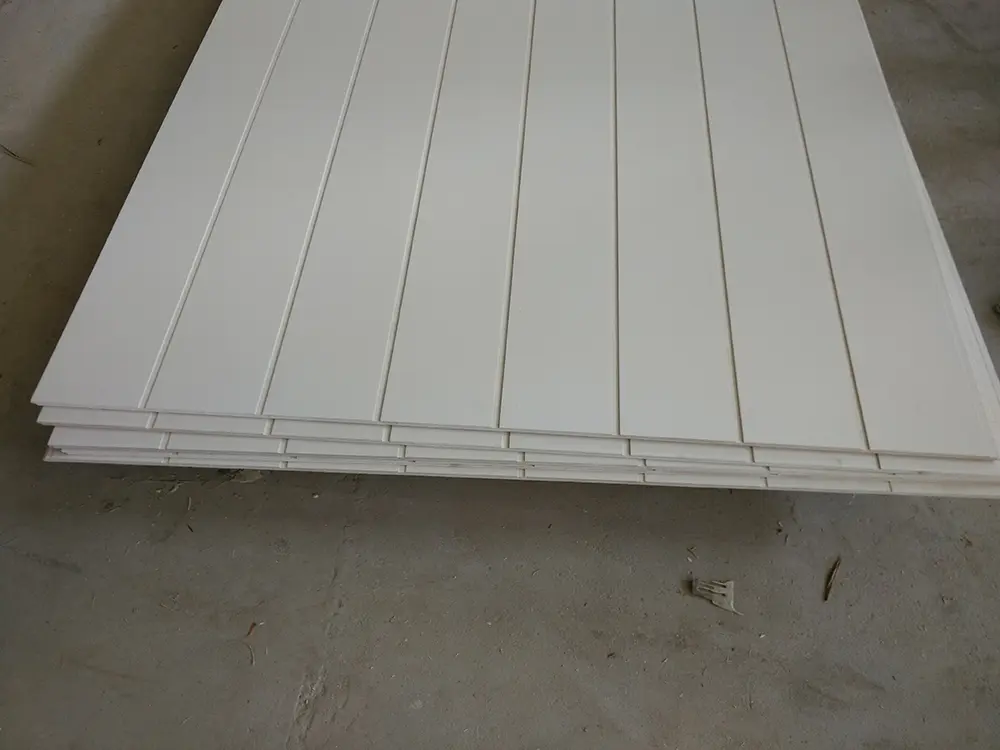 LEAO® Groove Interior Panel
LEAO® Groove Interior Panel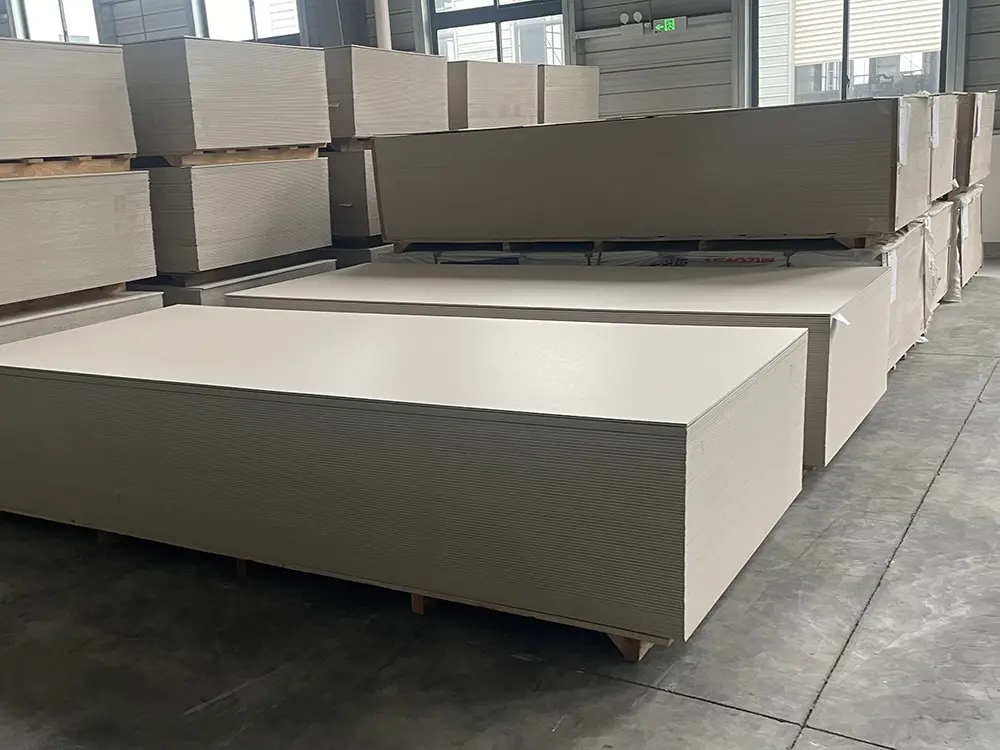 LEAO® Interior Board
LEAO® Interior Board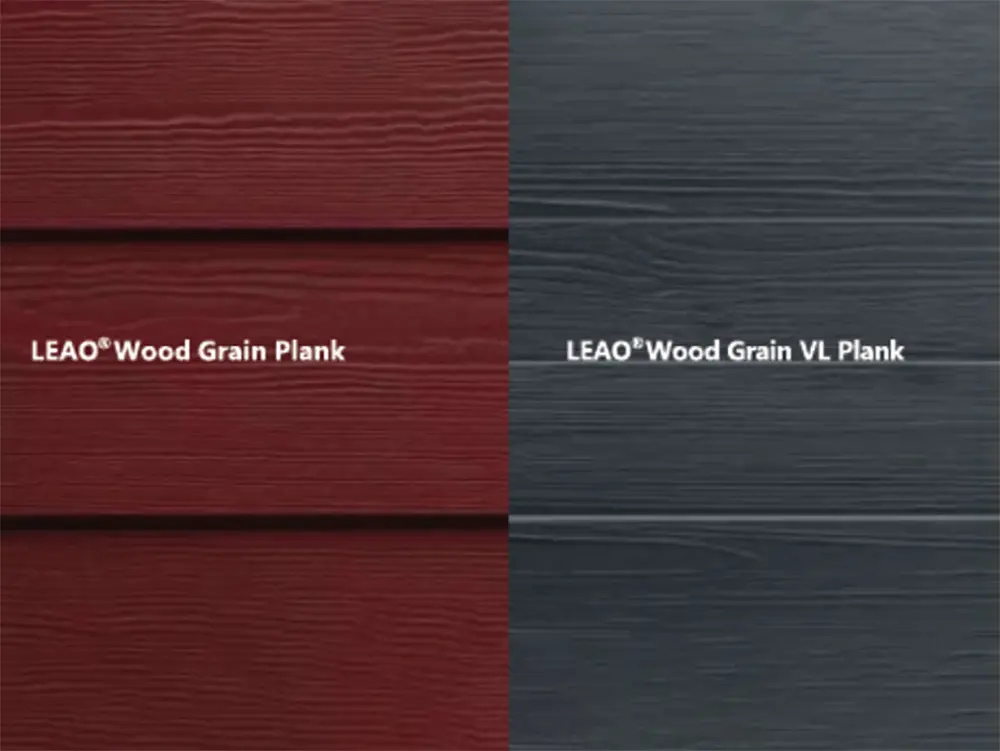 LEAO® Wood Grain Plank
LEAO® Wood Grain Plank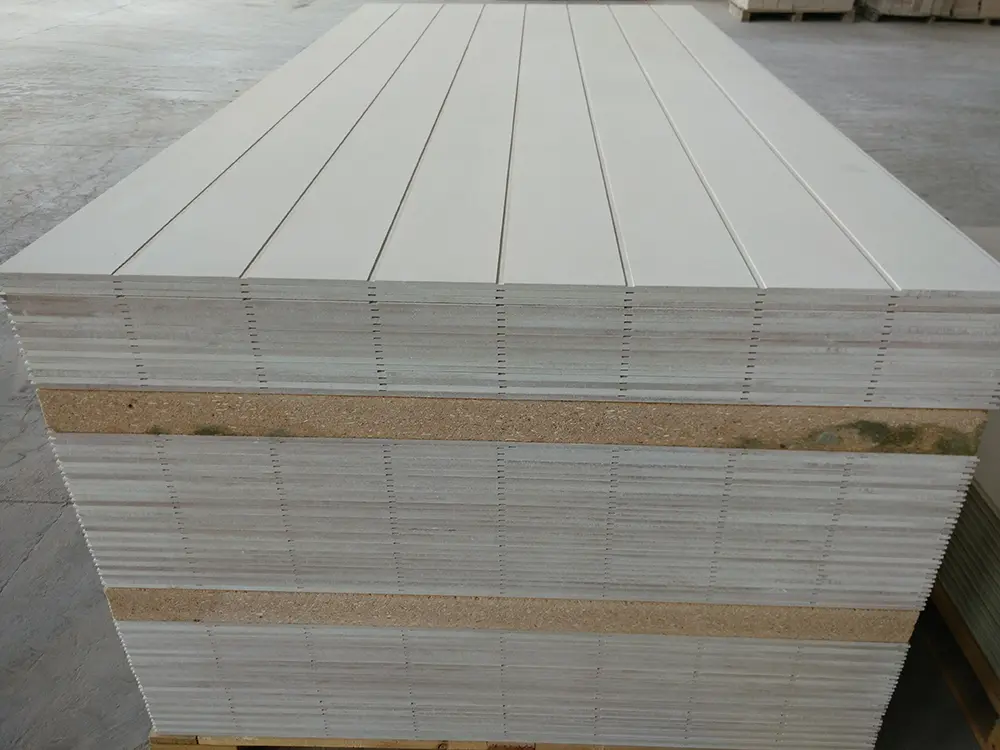 LEAO® Grooved Exterior Panel
LEAO® Grooved Exterior Panel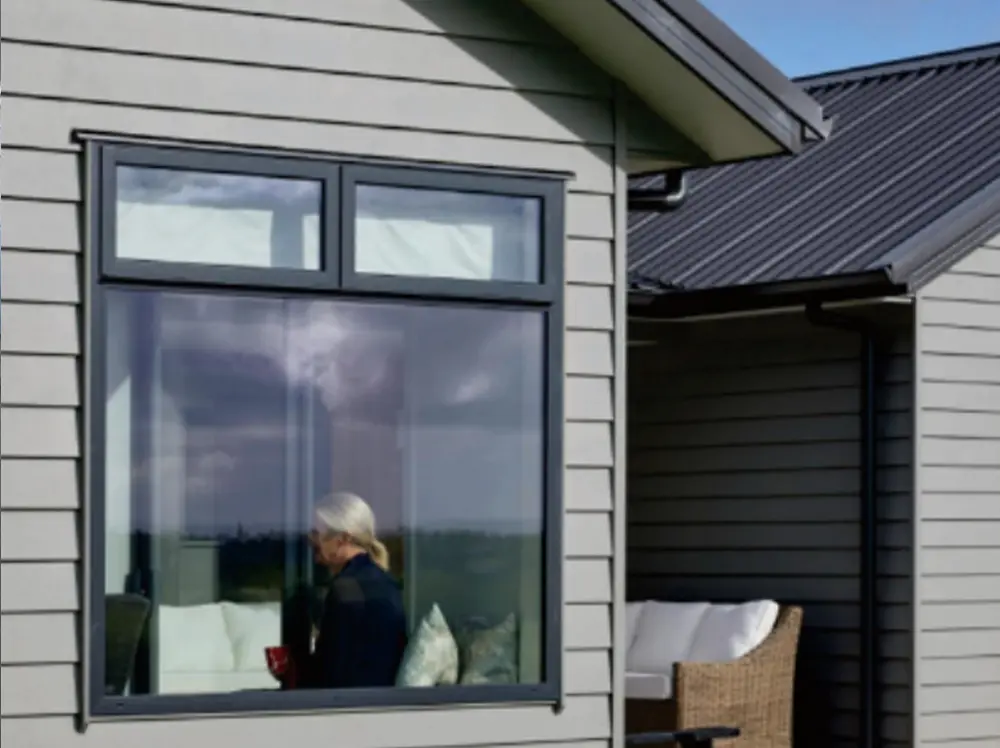 LEAO® Weatherboard
LEAO® Weatherboard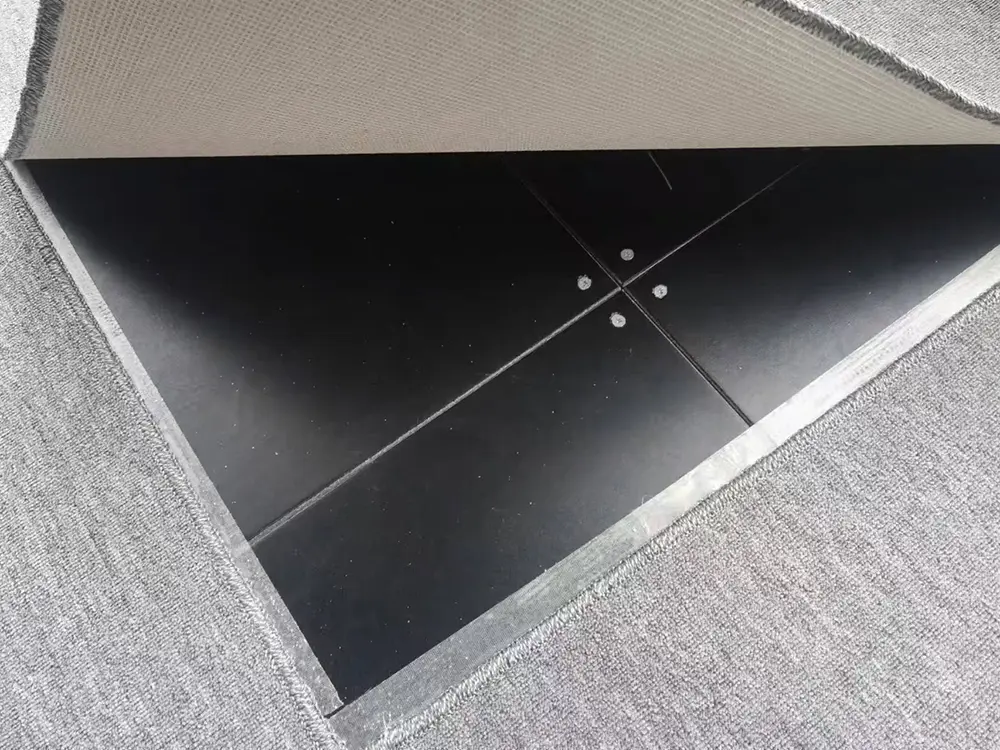 LEAO® Access Floors
LEAO® Access Floors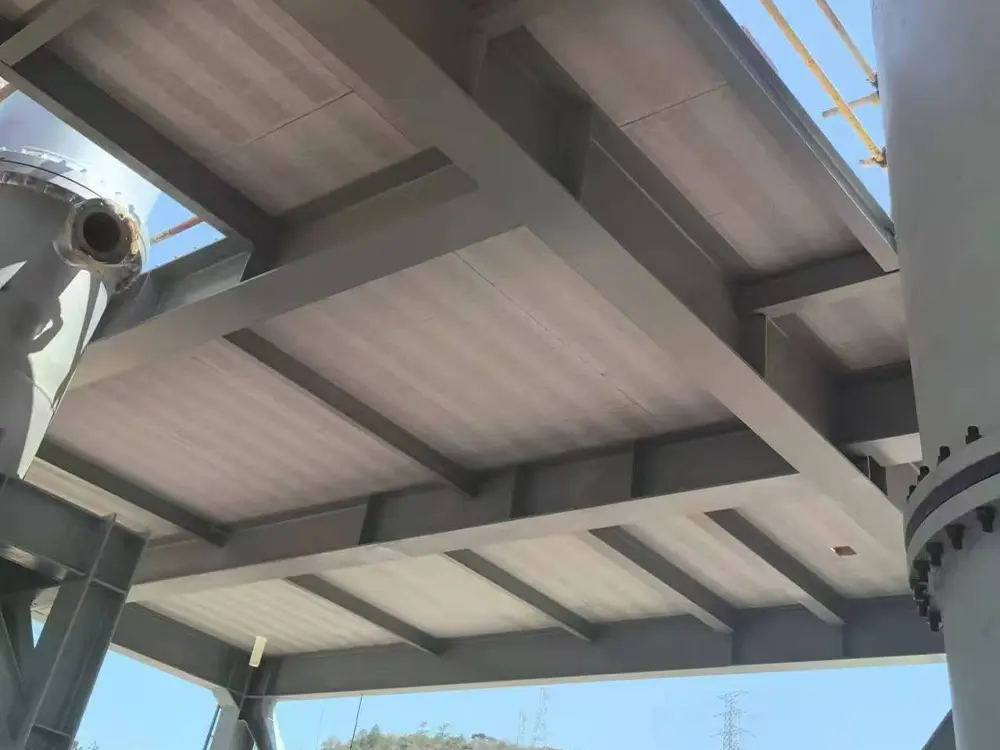 LEAO® Non-removable Formwork
LEAO® Non-removable Formwork LEAO® Mezzanine Board
LEAO® Mezzanine Board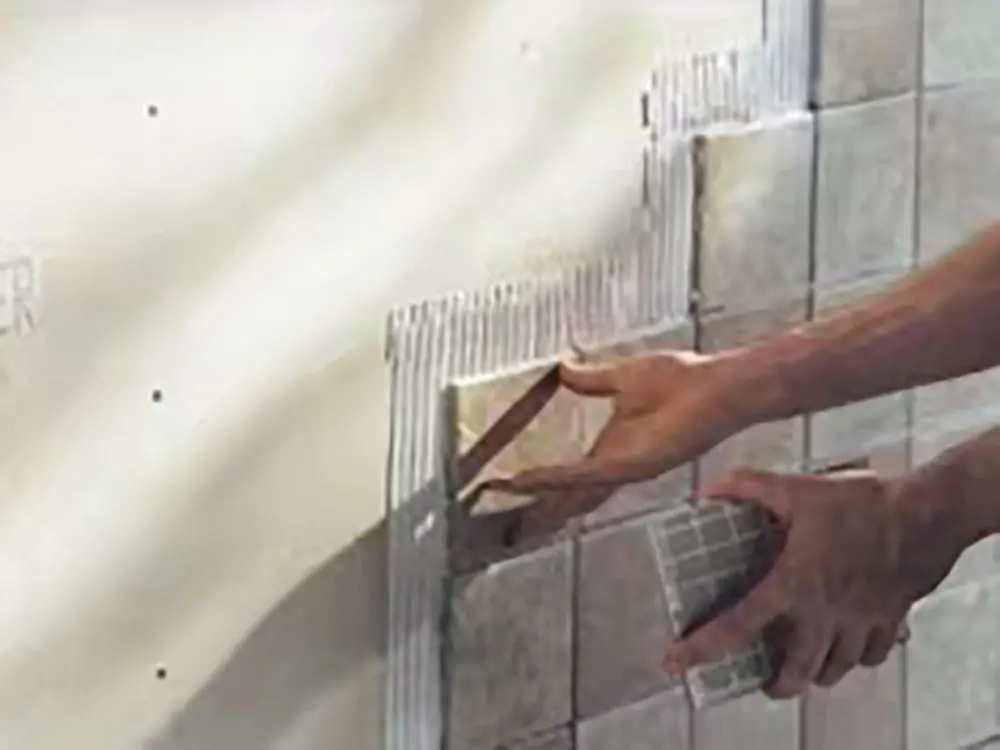 LEAO® Ceramic Tile Underlay
LEAO® Ceramic Tile Underlay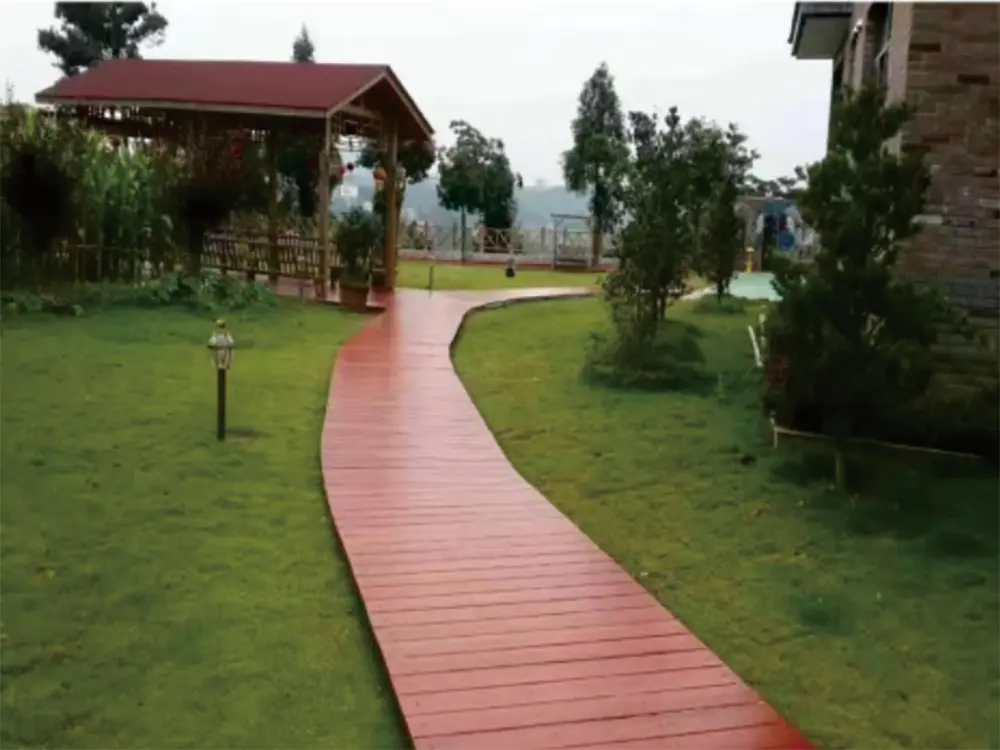 LEAO® Floor Plank
LEAO® Floor Plank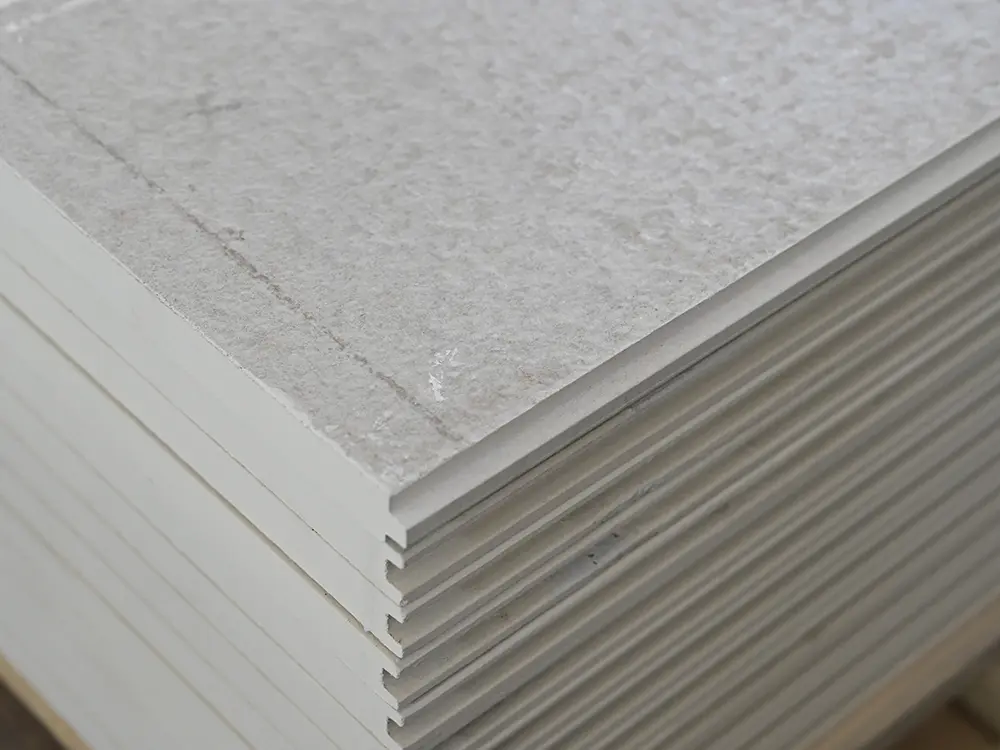 LEAO® Flooring
LEAO® Flooring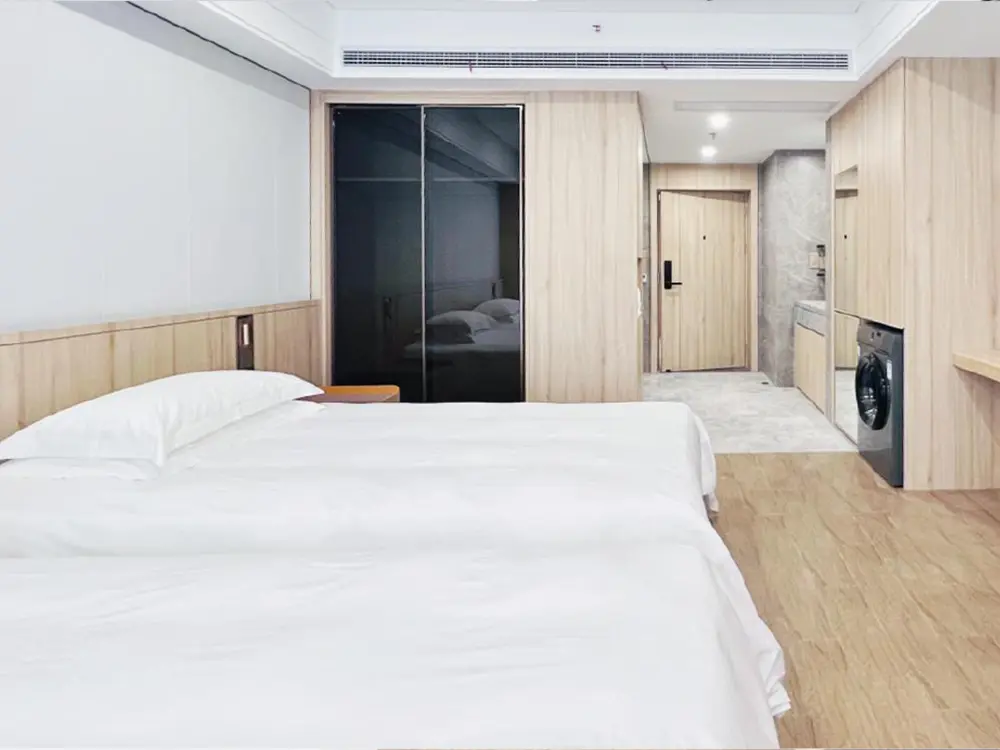 LEAO® Wood Style Decorative Panel
LEAO® Wood Style Decorative Panel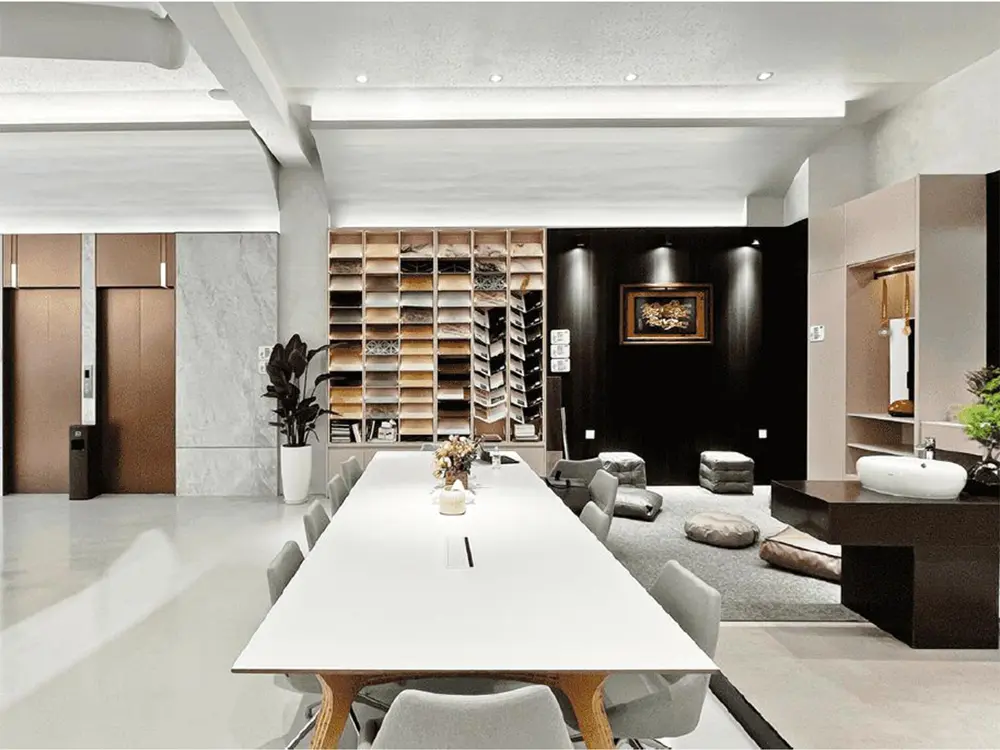 LEAO® Stone Style Decorative Panel
LEAO® Stone Style Decorative Panel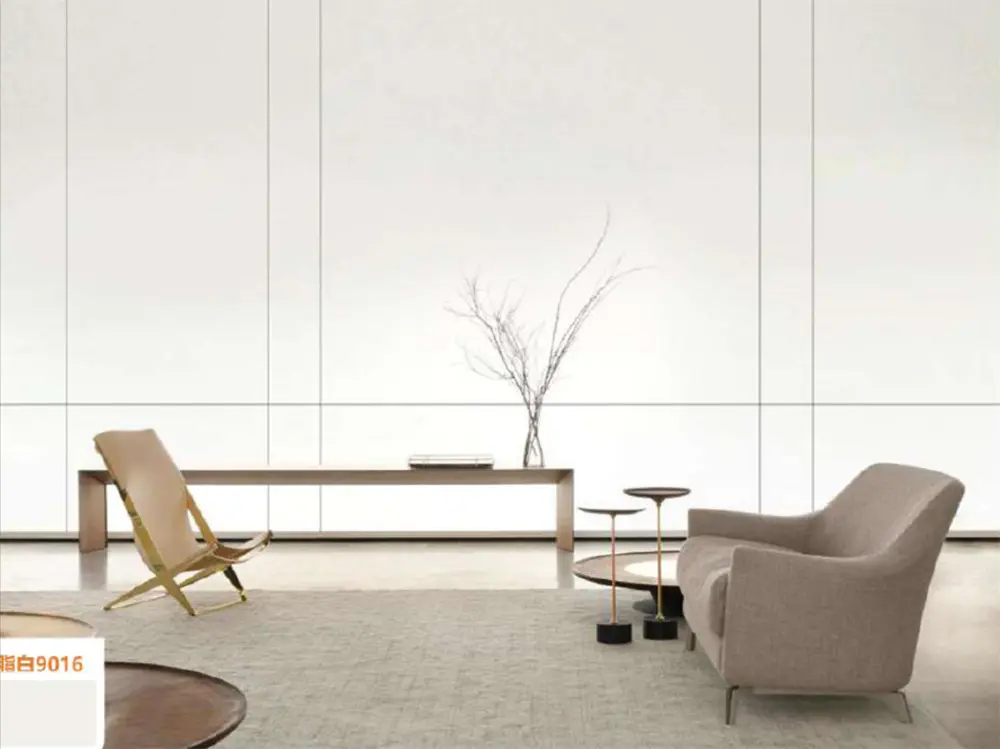 LEAO® Pure Style Decorative Panel
LEAO® Pure Style Decorative Panel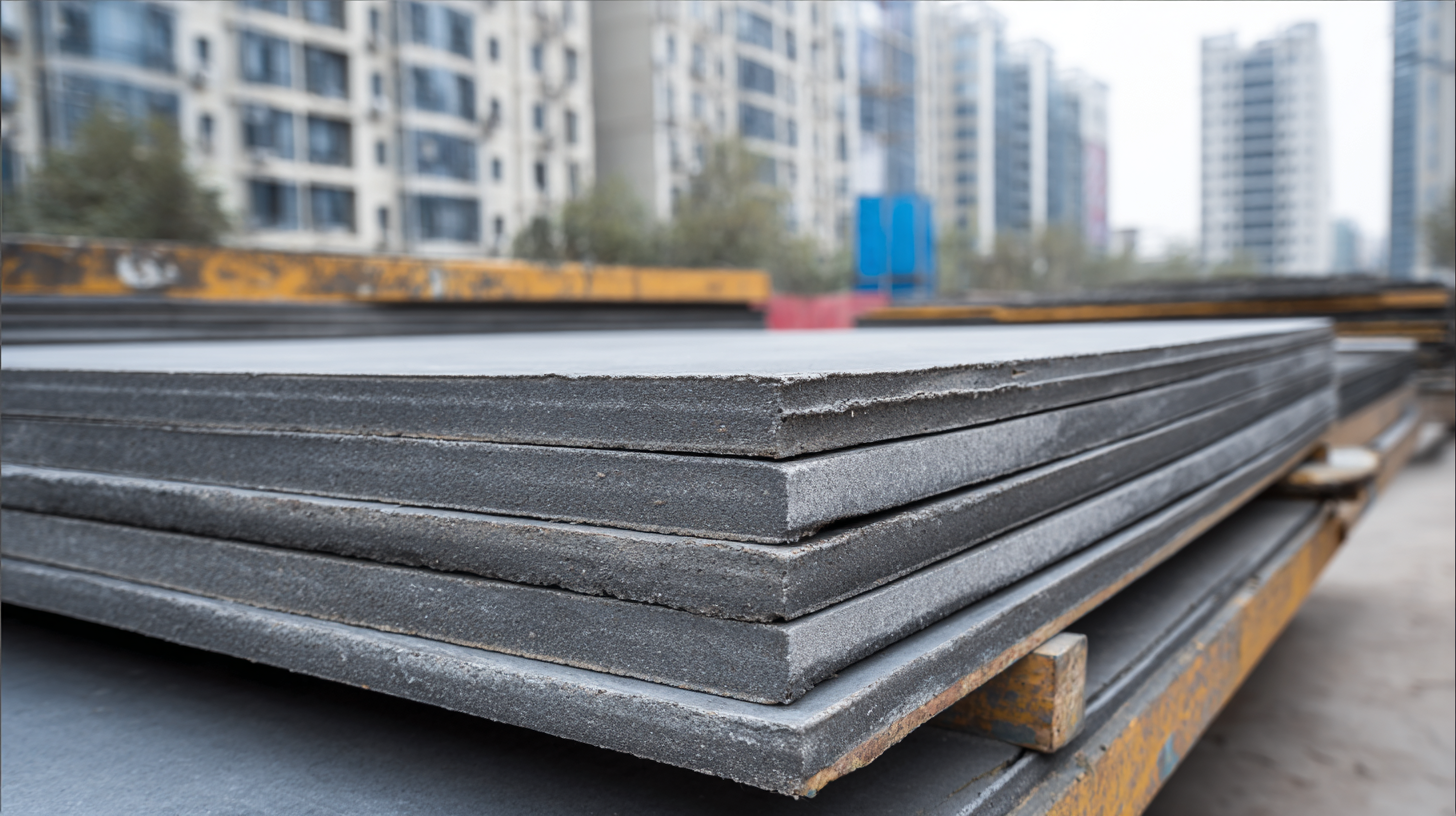

 When considering building materials, fiber cement board stands out for its unique combination of durability and cost-effectiveness. The initial investment may be higher than traditional materials, but a cost-benefit analysis reveals significant long-term savings. Fiber cement boards exhibit superior resistance to weather, pests, and fire, which translates to fewer repairs and replacements over time. This longevity not only enhances the material's value but also reduces the frequency and expense of upkeep, making it an economically sound choice for global buyers.
When considering building materials, fiber cement board stands out for its unique combination of durability and cost-effectiveness. The initial investment may be higher than traditional materials, but a cost-benefit analysis reveals significant long-term savings. Fiber cement boards exhibit superior resistance to weather, pests, and fire, which translates to fewer repairs and replacements over time. This longevity not only enhances the material's value but also reduces the frequency and expense of upkeep, making it an economically sound choice for global buyers.